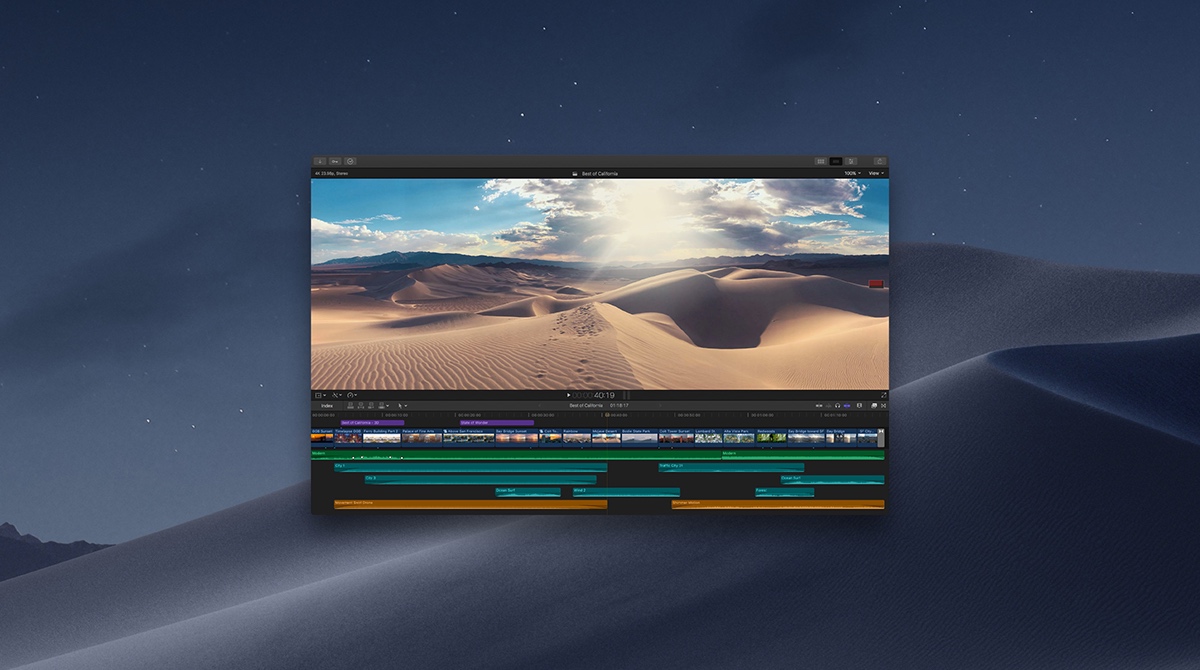This video guide explains in rich detail how to fix the question mark folder on any Mac. This fix will work on any Macbook, iMac, Mac Mini or Mac Pro.
If the question mark appears only momentarily before your Mac starts up normally:
- Reset NVRAM.
- Make sure that your preferred startup disk is selected in Startup Disk preferences.
If the question mark persists, follow these steps:
- Press and hold the power button on your Mac for up to 10 seconds, until your Mac turns off.
- Turn on your Mac and immediately press and hold Command (⌘) and R to start up from macOS Recovery.
- While in macOS Recovery, use Disk Utility to repair your startup disk.
- If Disk Utility found no errors or repaired all errors, reinstall macOS.
- If you still need help, please contact Apple Support.

System requirements
Questionmark Secure for Mac requires Mac OS X 10.10or later (64-bit processor).

Downloading and installing Questionmark Secure for Mac
Mac All Apps Question Marks
Click the following link to download Questionmark Secure for Mac 6.0.1:
Questionmark Secure will be downloaded and installed automatically. An icon will be placed in Launchpad. Once the application has been installed, it needs to be launched once so that its file associations are updated and the program can open directly via .qmsb files.
Updating Questionmark Secure for Mac
When an update for the Mac version of Questionmark Secure is released, you will automatically be prompted by the App Store to install the update. When prompted to update, simply click Update from the Updates section in the App Store and Questionmark Secure for Mac will update.
Uninstalling Questionmark Secure for Mac
Mac Apps Question Marks Mark
To uninstall Questionmark Secure for Mac:
Question Mark Mac Startup
- Drag the Questionmark Secure for Mac icon from the Applications folder to the Trash or right-click on the icon in the Applications folder and click Move to Trash.
- Right-click on the Trash icon in the Dock and select Empty Trash.